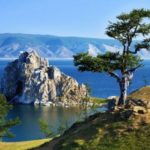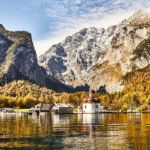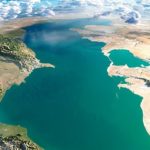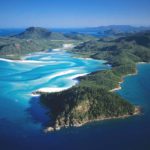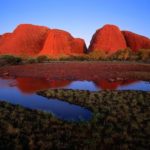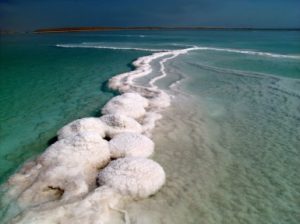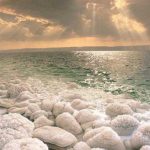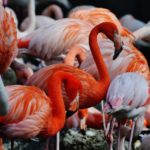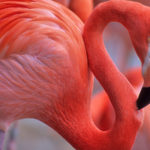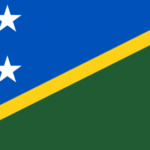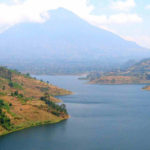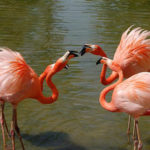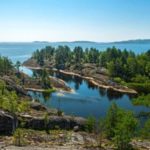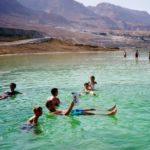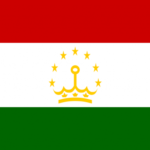Pink lake
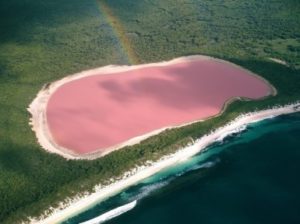 Australia has a large number of interesting sights, but among a large number of them stands out for its interesting and surprising pink lake called Hillier. Hillier Lake is located on Middle Island, off the west coast of Australia. The lake is Australia’s most mysterious attraction. The lake is called pink because of the color of the water, which has a non-changing pink hue. Pink Lake in Australia. Hillier Lake.
Australia has a large number of interesting sights, but among a large number of them stands out for its interesting and surprising pink lake called Hillier. Hillier Lake is located on Middle Island, off the west coast of Australia. The lake is Australia’s most mysterious attraction. The lake is called pink because of the color of the water, which has a non-changing pink hue. Pink Lake in Australia. Hillier Lake.
Pink Lake was discovered in 1802. From 1820 to 1840, settlements from hunters began to form on the shores of this lake, who hunted whales and seals. At the beginning of the 20th century, salt began to be mined on the shores of the lake, but salt production did not last long and soon salt was no longer mined there. After this, the lake attracts only tourists who wish to see this attraction of Australia.
In 1950, a research group was sent to the island to study the pink lake, which dealt with the issue related to the color of water, which is not familiar to lakes. This group explained this color of the lake by the fact that in the waters of the lake there is a certain kind of algae, which, being in their natural habitat, namely salt water, produce red pigment.
But after a short time, this version did not materialize, and after a large number of different experiments on Lake Giller, it was proved that there were no algae in the lake. Other scientists claim that color minerals are affected by colored minerals. But this assumption was also not confirmed. Water from the lake is not suitable for consumption. Also, some scientists say that the color of the water in the lake is affected by bacteria and microorganisms that live in this water, but this hypothesis has not been proved either. And therefore, to this day discussions are ongoing for reasons of such an unusual color in the lake.
The pink lake is small in size, its length is 600 meters, and the width of the lake is not more than 250 meters, but this small lake attracts with its unnatural beauty. On one side, Lake Giller is surrounded by green forests, where eucalyptus trees mainly grow, and on the other side of the lake there is a strip of white salt. The salt in the lake is several times higher than in the coastal ocean. All this natural beauty attracts attention. The color of the lake is influenced by air temperature, namely, during a drought, the shade of water becomes the darkest and it approaches the burgundy color.

